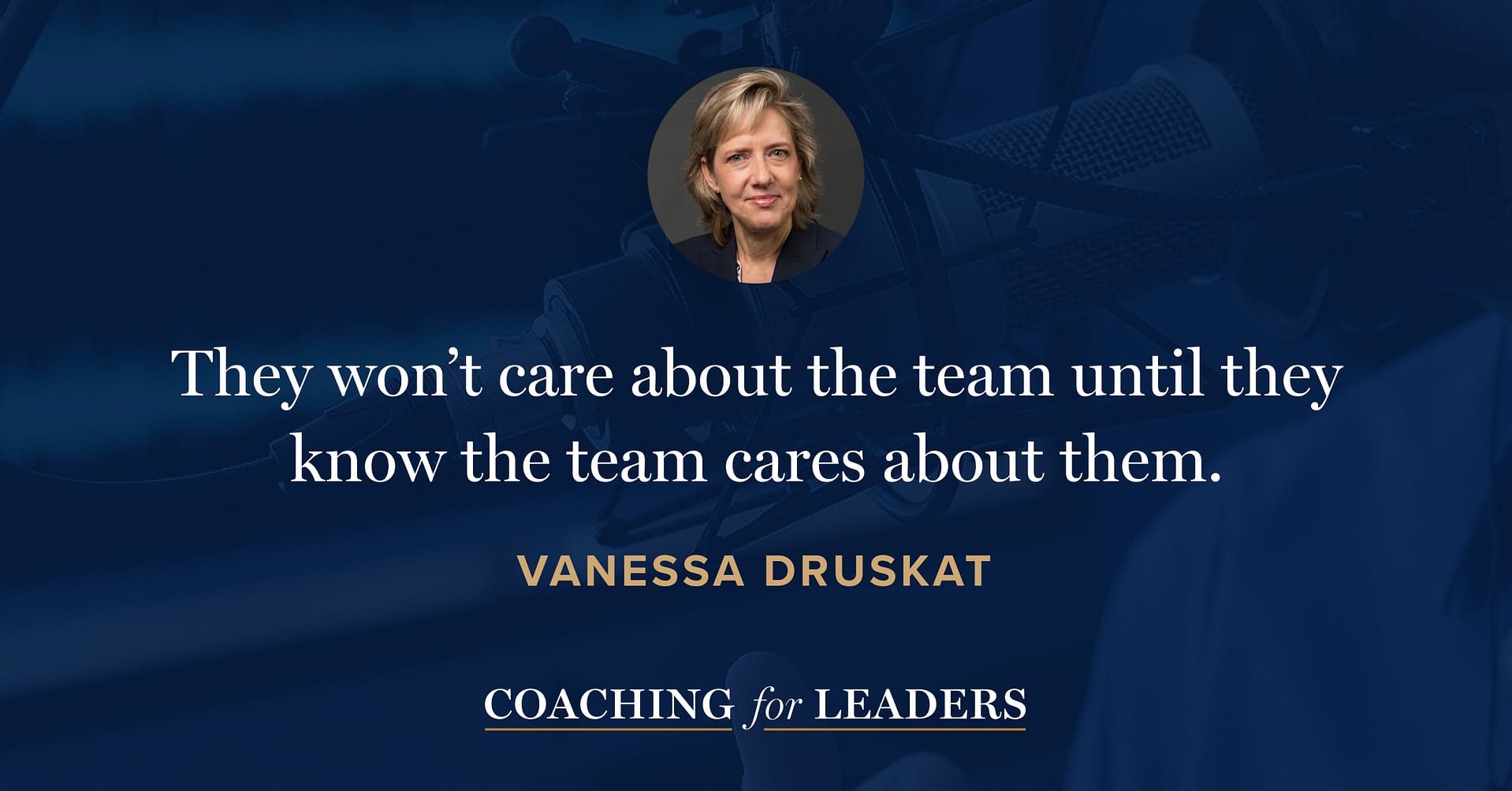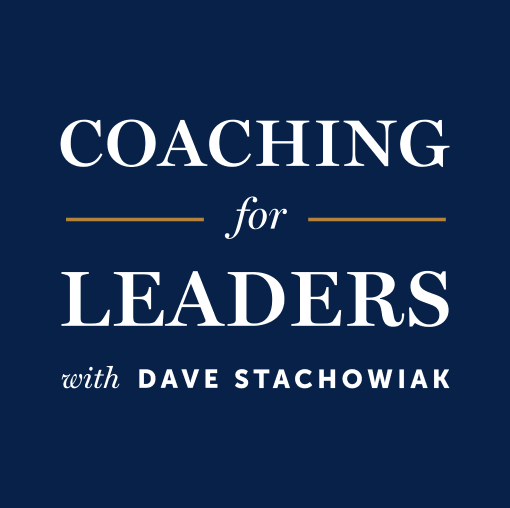Vanessa Druskat: The Emotionally Intelligent Team
Vanessa Druskat is an associate professor at the Peter T. Paul College of Business and Economics at the University of New Hampshire. She advises leaders and teams at over a dozen Fortune 500 and Fortune Global 500 companies and wrote the best-selling Harvard Business Review article (with S. Wolff) on emotionally intelligent teams that has been chosen many times for inclusion in HBR’s most valued articles. She is the author of The Emotionally Intelligent Team: Building Collaborative Groups that Outperform the Rest (Amazon, Bookshop)*.
It’s easy to assume that a good start for a great team is getting the smartest people together. That does help, but it’s not the critical factor in whether a team performs. In this conversation, Vanessa and I discuss why the word belonging makes such a difference.
Key Points
- Raw talent of the individual and their own interpersonal skills don’t predict team performance.
- Belonging is critical for team performance. Leaders often miss this because they already feel like they belong.
- Team members understanding each other is the first and most critical norm.
- Beginning meetings with check-ins or gallery walks helps people understand each other, even if it’s not discussed extensively.
- Inviting people to bring everyday objects to illustrate a more complex point helps make understanding accessible.
- The leader sets the tone, but it’s the interaction between team members that makes the difference.
Resources Mentioned
- The Emotionally Intelligent Team: Building Collaborative Groups that Outperform the Rest (Amazon, Bookshop)* by Vanessa Druskat
Interview Notes
Download my interview notes in PDF format (free membership required).
Related Episodes
- How to Engage Remote Teams, with Tsedal Neeley (episode 537)
- Team Collaboration Supports Growth Mindset, with Mary Murphy (episode 695)
- How to Help People Connect at Work, with Wes Adams (episode 735)
Discover More
Activate your free membership for full access to the entire library of interviews since 2011, searchable by topic. To accelerate your learning, uncover more inside Coaching for Leaders Plus.





